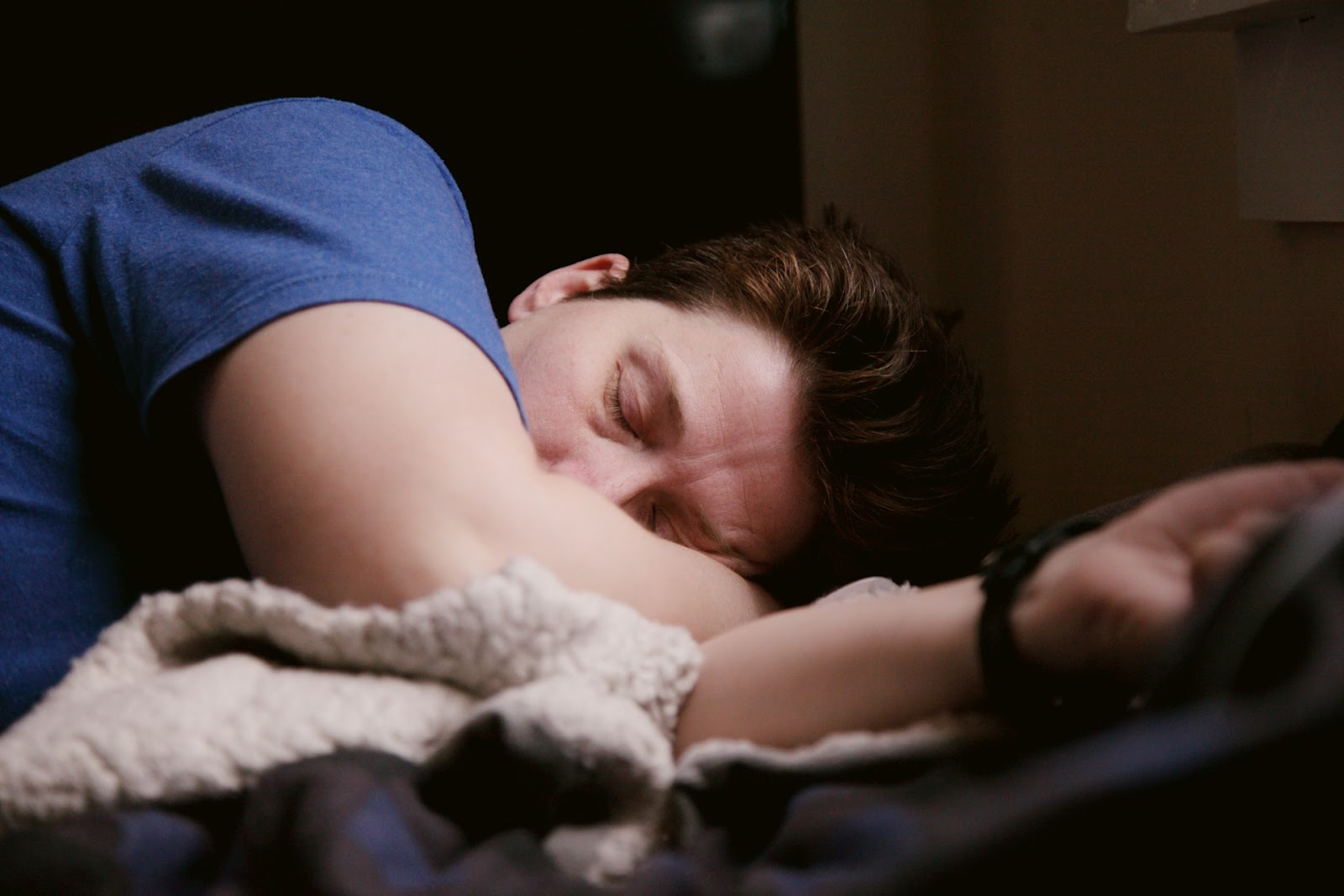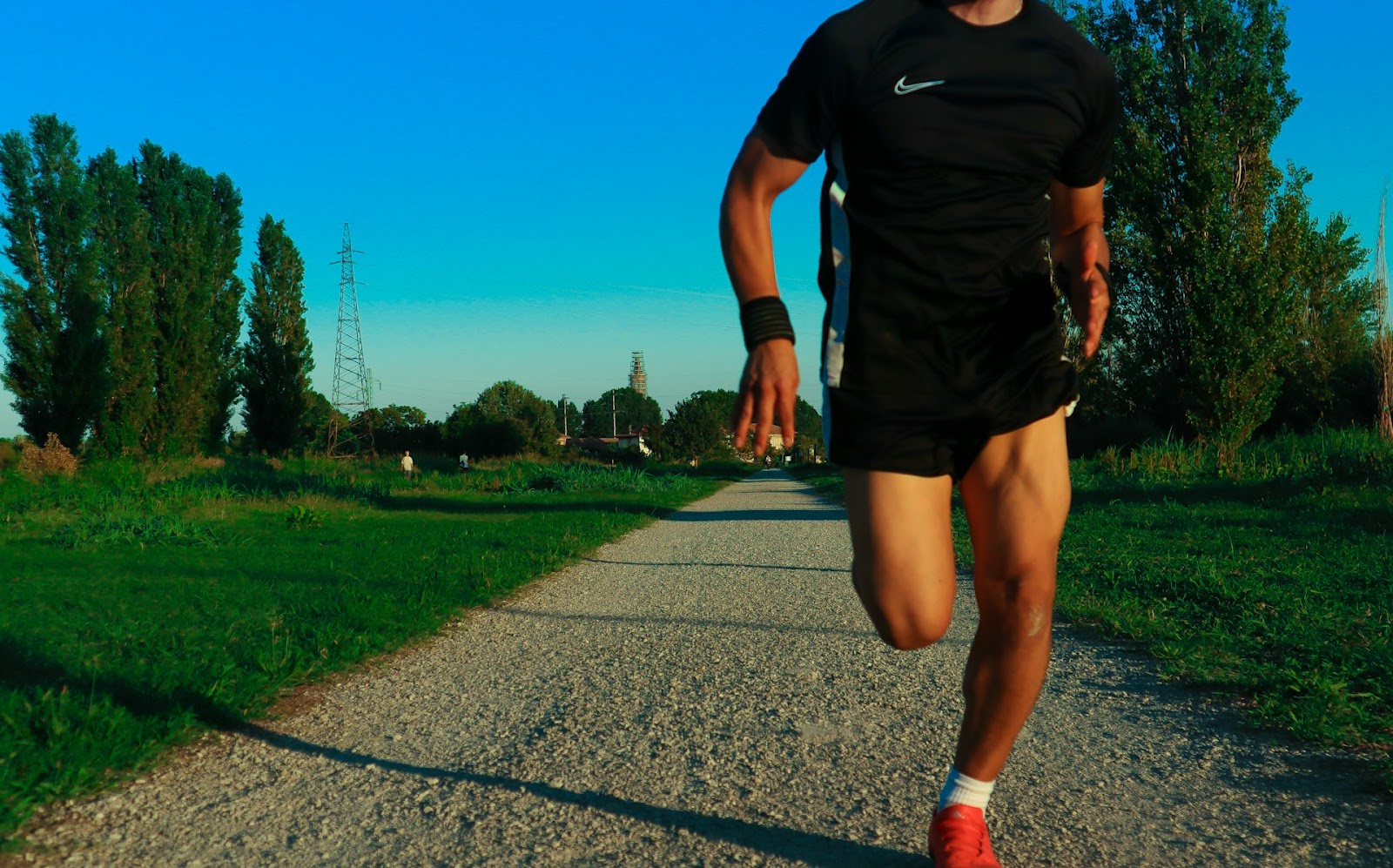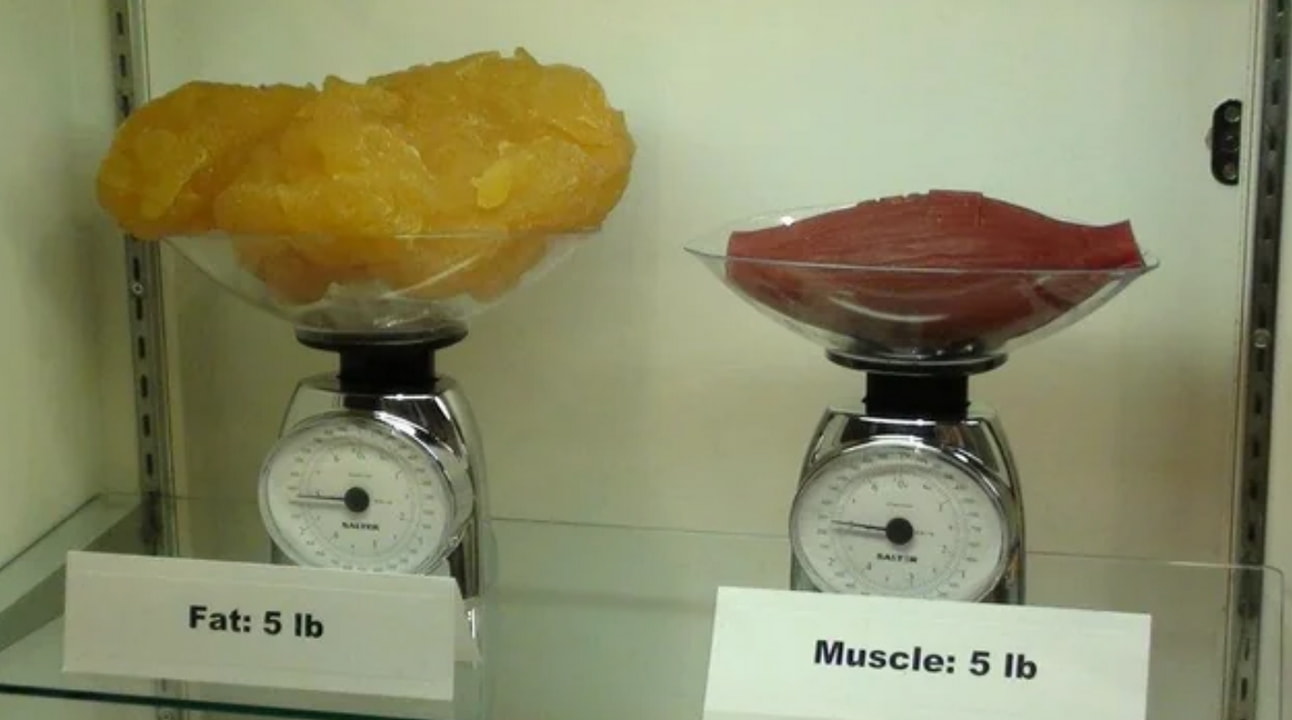Let’s get something out of the way upfront: burning fat from a specific body part—a.k.a. spot reduction—isn’t actually how fat loss works. It would be amazing if we could just do inner-thigh squeezes or glute bridges and magically lose thigh fat overnight. But science says otherwise. A 2021 meta-analysis covering 1,100+ participants found that muscle-targeted training did not result in localized fat reduction.
The good news? While you can’t reduce body fat in one targeted area like your thighs, you can reduce total body fat and strategically strengthen and tone your thighs to make them look leaner and firmer. It just takes a combination of smart workouts, simple food swaps, lifestyle tweaks, and consistency.
Here’s exactly how to burn thigh fat (realistically!) and build the strong, sculpted legs you’re after.
Why Is Thigh Fat So Stubborn?
Before we get into the how, let’s talk about the why. For many people—especially women—thigh fat is often the last to go. That’s because of a combination of genetics, estrogen-related fat storage patterns, and basic physiology.
One study published in the American Journal of Physiology-Endocrinology and Metabolism showed that women tend to store more fat in their lower bodies due to the higher number of alpha-2 adrenergic receptors in the thighs. These receptors essentially act as brakes on fat breakdown, making fat in this area harder to lose.
According to Tim Ferris’s analysis of fat storage mechanisms:
“The fat on women’s thighs is more difficult to mobilize due to increased alpha-2 adrenergic receptor activity induced by estrogen.”
Why does that matter? Well, it goes to show you how physiological variations between people – like hormonal signals – can make this particular type of fat more resistant for some people. Which once again, means that the best way to tackle thigh fat is taking a holistic approach that includes science-backed, whole-body fat loss strategies.
How to Burn Stubborn Thigh Fat
1. Create a Calorie Deficit with Full-Body Training
To lose fat from your thighs (or anywhere), your body needs to be in a calorie deficit—burning more energy than you consume. Cardio is helpful, but strength training is crucial, too.
What works best:
- HIIT workouts (High-Intensity Interval Training): Burn more fat in less time and improve insulin sensitivity.
- Compound lifts (like squats, lunges, and deadlifts): Build muscle in your glutes, hamstrings, and quads.
- Walking or incline treadmill workouts: Low-impact and effective for steady-state fat burning.
Bonus: the more muscle you have, the more fat you burn at rest.
2. Clean Up Your Diet—Without Starving Yourself
Food plays a huge role in fat loss—especially in stubborn areas like the thighs. But don’t fall into the trap of crash dieting or cutting entire food groups. Severe restriction can slow your metabolism, spike cravings, and lead to muscle loss (which is the opposite of what you want). Instead, aim for a sustainable approach built on nutrient-dense foods that support fat burning, muscle preservation, and hormone balance.
🥩 Focus your meals around lean protein (like chicken, eggs, Greek yogurt, or tofu) to help you stay full and maintain muscle.
🌾 Add in fiber-rich carbohydrates—quinoa, oats, sweet potatoes, and lots of vegetables—for energy and gut health.
🥑 And don’t fear fat: healthy sources like avocado, nuts, seeds, and olive oil support your hormones and keep you satisfied.
❌ At the same time, minimize added sugars, refined carbs, alcohol, and sodium-heavy takeout, which can all contribute to water retention, bloating, and excess fat storage. Think of it less as a “diet” and more as nourishment that fuels fat loss and your daily life.
3. Prioritize Hormonal Balance + Sleep

When your hormones are out of sync, your body holds onto fat like it’s preparing for a long winter—and that fat often clings to the hips, thighs, and lower belly. Two of the biggest culprits? Cortisol, your primary stress hormone, and insulin, the hormone responsible for regulating blood sugar. Chronic stress (hello, never-ending to-do lists and doomscrolling) can keep cortisol levels elevated, which encourages fat storage—especially in the lower body. Meanwhile, frequent blood sugar spikes from high-sugar, low-fiber meals lead to increased insulin levels, which can make your body more likely to store fat rather than burn it.
Sleep is the secret weapon most people overlook. A landmark study from the University of Chicago found that adults who slept just 5.5 hours per night lost 55% less fat compared to those who slept 8.5 hours—even though both groups consumed the same number of calories. That’s because sleep directly affects your hunger hormones (ghrelin and leptin), insulin sensitivity, and cortisol regulation. Without adequate rest, your cravings skyrocket, your metabolism slows, and your body shifts into fat-storing mode.
What to do:
- Aim for 7–9 hours of quality sleep each night—make it a non-negotiable part of your fat loss plan.
- Limit screen time and caffeine after 4 PM to help your body wind down.
- Use natural sleep-support tools like magnesium, chamomile tea, or blue-light blocking glasses.
- Consider adaptogens like ashwagandha or rhodiola, which have been shown to support cortisol balance and reduce perceived stress.
- Eat balanced meals with protein, healthy fat, and fiber to avoid blood sugar crashes and insulin spikes throughout the day.
Managing stress and prioritizing rest isn’t just about feeling better—it’s about shifting your body into a fat-burning state that allows you to finally see progress in stubborn areas like the thighs and hips.
4. Strengthen + Tone the Muscles in Your Thighs
Again, exercise alone won't "spot reduce" thigh fat—but it will firm up the posterior chain muscles underneath and improve the shape and tone of your legs.
Try these targeted moves:
- Lunges (forward + reverse): Activate glutes and quads
- Sumo squats: Target inner thighs
- Step-ups: Sculpt hamstrings and improve balance
- Side-lying leg lifts: Strengthen outer thighs and hip abductors
Just 15 minutes, 3–4 times a week, can visibly improve tone over time.
5. Focus on NEAT (Non-Exercise Activity Thermogenesis)
NEAT stands for Non-Exercise Activity Thermogenesis—basically, all the calories your body burns doing everyday movements that aren’t formal exercise. That includes things like:
- Walking around the house or office
- Taking the stairs instead of the elevator
- Cleaning, vacuuming, or organizing
- Gardening or yard work
- Even fidgeting or pacing while on a phone call
It might not feel like a workout, but NEAT is a major part of your total daily energy expenditure (TDEE)—and for many people, it can account for more calories burned than their workout at the gym. In fact, researchers estimate that NEAT can vary by up to 2,000 calories per day between individuals depending on how active their lifestyle is. That’s a massive gap, and one of the reasons someone who seems to “eat whatever they want” might stay lean: they move more throughout the day without even thinking about it.
If you’ve ever wondered why fat loss stalls even when you’re sticking to your workouts, low NEAT could be the missing piece. And the good news? It’s easy to fix. Simple, consistent movement adds up fast. Just increasing your daily steps to 10,000+ can help you burn hundreds of extra calories each week—without changing a single thing about your diet.
6. Hydrate + Reduce Water Retention
Thigh puffiness isn’t always fat—sometimes it’s just fluid retention. Staying hydrated can:
- Improve lymphatic drainage
- Reduce bloating
- Flush out excess sodium
Pro tip: Add lemon or cucumber slices to your water for a light natural diuretic effect.
https://www.instagram.com/p/CSfEn_clitp/
7. Support Your Strategy with Science-Backed Supplements
Supplements won’t burn thigh fat on their own, but the right ones can support your fat loss efforts by improving metabolism, sleep, and digestion.
Top picks:
- L-carnitine: Helps shuttle fat into cells to be used as energy
- Green tea extract: Contains catechins that may increase fat oxidation
- Magnesium + Ashwagandha: Stress-busting, sleep-enhancing nutrients
Dr. Emil Nutrition’s Bedtime Burn is a solid all-in-one option. It includes melatonin for deeper sleep, white kidney bean extract to help reduce carb absorption, and L-theanine and green tea extract to calm the body and support overnight fat burn.
8. Keep an Eye on Your Posture and Pelvic Alignment
Pelvic tilt and posture can influence how your thighs look by changing the angle of your hips and knees. Tight hip flexors and weak glutes can make thighs look bulkier than they are.
Try daily stretching + glute activation:
- Hip flexor stretches
- Bridges and clamshells
- Foam rolling IT band and quads
9. Consider Medical Conditions or Medications
Sometimes, resistant fat isn’t just about lifestyle. Hormonal imbalances (like PCOS), certain medications (like antidepressants or steroids), or thyroid issues can make thigh fat especially stubborn.
If you're doing everything right and still not seeing results, it’s worth talking to your doctor.
10. Be Patient + Track Progress Visually
We know—you want results yesterday. But fat loss is gradual, and thighs often take time to lean out. On average, you can expect to see changes in 4–6 weeks, with more noticeable results around 8–12 weeks.
Progress photos can be a powerful motivational tool on this journey. It’s not just about the scale, but also looking at:
- Muscle tone
- Thigh gap or lack thereof (if that's your goal)
- Cellulite reduction
- Overall leg shape
Remember: Everyone’s fat distribution is different, but the habits that help burn thigh fat also improve your entire health profile.

Bonus Myth Busting – FAQs About Thigh Fat
Can I burn thigh fat by just doing squats or leg presses?
Not quite. Strength training is a key part of toning and building muscles in the legs (and everywhere else in the body), but it’s just that – one part. Without a calorie deficit and full-body fat loss strategy, the fat covering your quads and hamstrings won’t really budge, no matter how many split squats you can bust out on your leg day.
Do thigh-slimming creams work?
Most are temporary solutions. They might help reduce puffiness or water retention, but they won’t melt fat. Save your money.
Does running slim your thighs?
Yes, but only as part of a larger calorie deficit. It also depends on what type of running you do! Shorter bursts of activity (think dashes or HIIT workouts) tend to build shorter, somewhat bulkier muscle tissue that is specialized for delivering short bursts of intense strength. If you do longer bursts of activity (like jogging a few miles a day), the muscle will be longer and leaner because it’s specialized for that type of physical activity instead.
Really long-distance running can sometimes reduce overall muscle tone, so if you're looking for a firmer look, combine cardio with strength training.

But keep in mind, no matter what type of muscle you’re building, it takes up wayyyyyy less space than the same amount of fat, ultimately slimming your thighs and giving you a more toned, fit look.
What about cycling or spin class?
Great for burning calories and toning legs, especially the quads and glutes. But again, diet matters more than you think.
Can hormones really make it harder to lose thigh fat?
Yes—particularly estrogen, insulin, and cortisol. That’s why stress management, blood sugar control, and proper sleep are key components of a fat-loss plan.
Burn Fat, Build Strength, Love Your Legs <3
Burning thigh fat isn’t about punishing workouts or cutting out everything you love. It’s about consistency, movement, nourishment, and self-respect.
Start with the basics: lift heavy things, eat clean(ish), sleep more, move daily, and stay hydrated. From there, the fat will come off—and those strong, toned legs will shine through.






